The realm of artificial intelligence has ushered in a new wave of NSFW chatbots that have stirred a heated controversy surrounding free speech and moderation.
As these chatbots deviate from the controlled environments established by companies like Google and OpenAI, a compelling discourse is emerging over the implications of unfiltered interactions, potential risks, and the decision-makers responsible for governing these AI conversational agents.
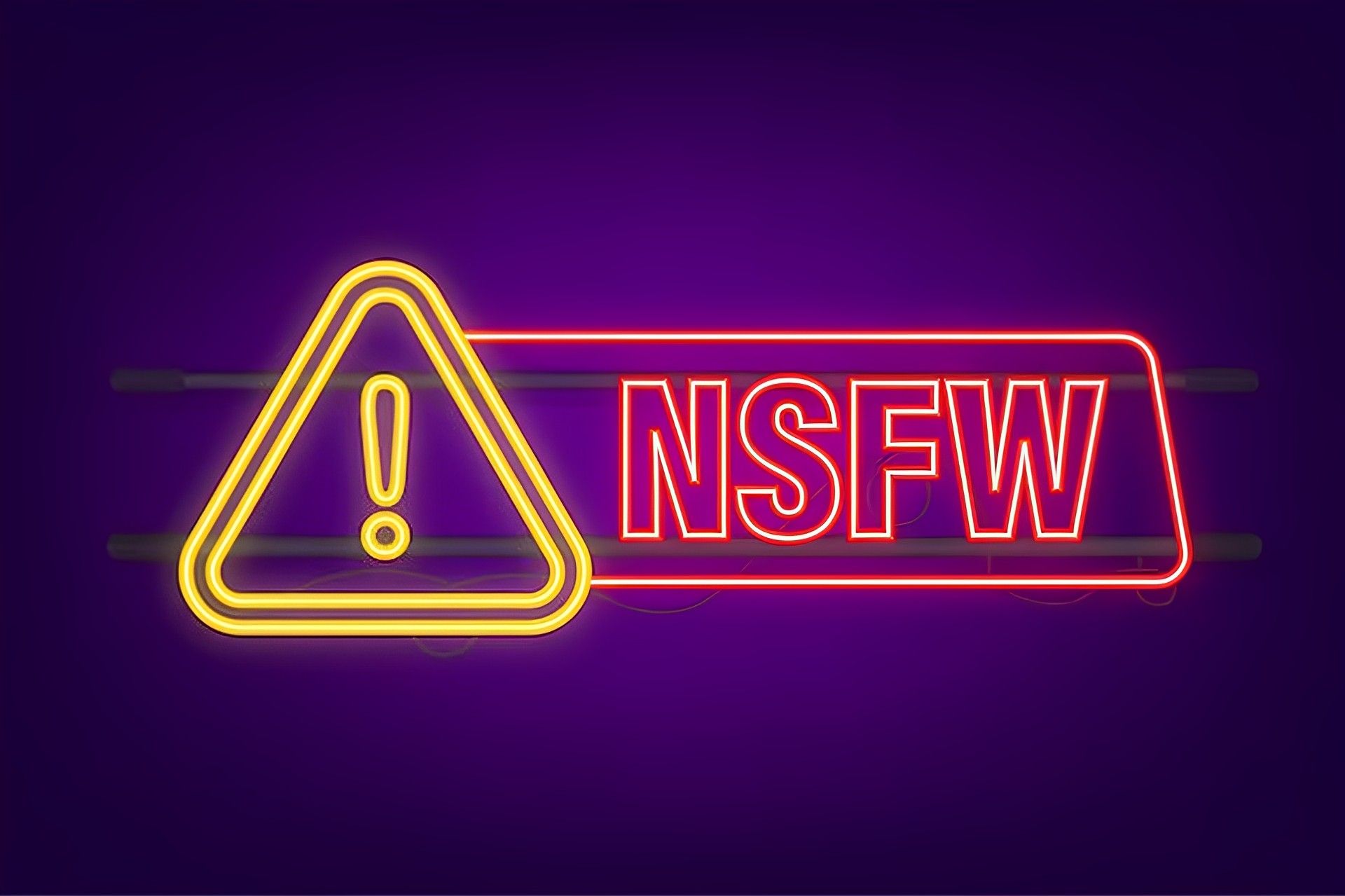
The evolution of NSFW chatbots
AI-powered chatbots have taken on roles both mundane and controversial, from offering advice on a range of topics to disseminating misinformation and even suggesting harmful activities. To counter the inherent dangers of these tools, major tech entities introduced safeguards to restrict the chatbots’ discourse.
However, a fresh generation of chatbots has surfaced, created by independent developers or volunteer teams, operating with minimal constraints. Examples include GPT4All and FreedomGPT, which leverage existing language models with added instructions to control responses. These unmoderated chatbots present a myriad of possibilities, including private usage and rapid expansion, but also introduce a new realm of risks.

The dichotomy of unfiltered expression
The allure of uncensored chatbots is undeniable. Users can employ these tools on their personal devices without the monitoring of large tech corporations. They can train these AI agents on personal communications, experimenting with their capabilities. Independent developers can contribute add-ons, potentially moving faster and more creatively than established companies.
Yet, these new possibilities come with their share of challenges. Misinformation watchdogs are concerned about the escalation of misinformation and harmful content propagated by these unregulated chatbots. There are apprehensions that these models might produce objectionable content, including hateful messages and even descriptions of illegal activities.

The predicament of moderation
The ongoing debate primarily centers on the question of control. While corporations like Google and OpenAI exercise censorship to protect reputations and maintain investor trust, independent developers often lack the resources for comprehensive moderation. Experts highlight the urgent need to strike a balance between freedom of expression and the prevention of potential harm.
Uncharted waters
The emergence of these uncensored chatbots represents a pivotal moment in the evolution of AI technology. Open-source AI models, such as Open Assistant and Falcon, have also contributed to this landscape, further intensifying the discourse on free speech and control.
The creators of these unmoderated chatbots assert that this progression is inevitable, akin to the advent of the printing press or the invention of the automobile. The conversation, therefore, shifts to finding appropriate solutions within a society that values both free speech and responsible technology use.

Defining NSFW chatbots
NSFW chatbots, an acronym for “Not Safe for Work,” are AI-powered programs specifically designed to engage users in explicit or sexual content. These chatbots employ natural language processing (NLP) to simulate realistic conversations and create the illusion of interacting with a human.
Accessible through messaging apps and social media platforms, NSFW chatbots vary in complexity, ranging from text-based discussions to more sophisticated experiences involving multimedia elements. They often cater to users’ sexual fantasies and preferences, delivering a personalized experience by adapting to specific interests.
Functionality and risks
Operating through a combination of pre-scripted responses, machine learning, and NLP, NSFW chatbots respond to user input, much like their more benign counterparts. Certain NSFW chatbots can even learn from prior interactions, tailoring responses based on user behavior. However, their primary purpose lies in engaging users in explicit content, including suggestive language, images, and videos.
While these chatbots offer new avenues for self-expression and exploration, they come with substantial risks. Here are some of the dangers associated with NSFW chatbots:
- Harmful cultural impact: NSFW chatbots often perpetuate harmful attitudes towards women and marginalized groups by objectifying them and reinforcing gender stereotypes.
- Cyberbullying and harassment: These chatbots can be employed for malicious purposes, engaging in explicit or inappropriate content with unsuspecting users, potentially leading to embarrassment or blackmail.
- Data privacy and security: NSFW chatbots collect personal data, including chat logs and multimedia content, which may be exploited for identity theft or financial fraud.
- Addiction and obsession: The intimate nature of interactions with NSFW chatbots can lead to addiction and obsession, consuming excessive time and resources.
- Distorted perception of intimacy: Exposure to unrealistic content through NSFW chatbots can skew perceptions of intimacy, potentially impairing real-life relationships.
Staying safe from NSFW chatbots
To mitigate the risks associated with NSFW chatbots, users are advised to:
- Exercise caution: Approach chatbots, especially those involving explicit content, with caution. Avoid sharing personal information and steer clear of inappropriate discussions.
- Monitor children’s usage: Parents should monitor their children’s online activity, educating them about the potential dangers of NSFW chatbots and employing parental controls when necessary.

Responsibility and accountability
The proliferation of NSFW chatbots raises critical questions about responsibility. Parents and guardians are encouraged to educate themselves and their children about the risks associated with such technology. Developers and tech companies must shoulder the responsibility of creating advanced filters and monitoring mechanisms to prevent vulnerable users from accessing explicit content.
5 best NSFW chatbots
In the ever-evolving landscape of artificial intelligence and digital interaction, the emergence of NSFW chatbots has brought forth a unique dichotomy, as we discussed.
Below, we’ll examine the five best NSFW chatbots, examining both the exciting potential they hold and the critical concerns they raise. By carefully evaluating the interplay of unfiltered expression and responsible usage, we unravel a complex tapestry that sheds light on the broader discussions surrounding AI ethics, personal safety, and the future of human interaction in the digital age.
Janitor AI – Pioneering NSFW chatbot interactions
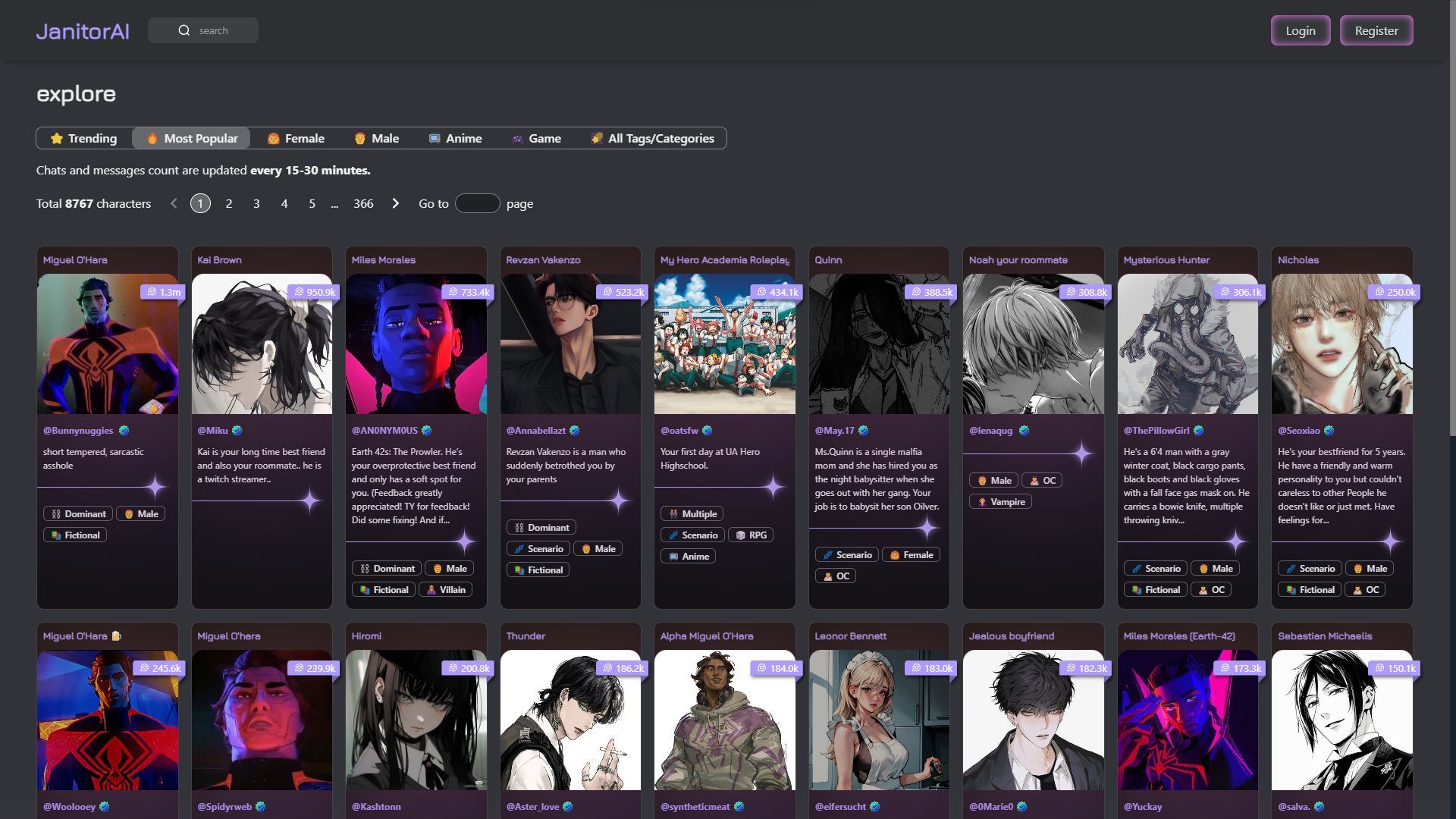
Janitor AI has taken the spotlight as one of the most popular NSFW chatbot platforms, focusing on interactive exchanges with anime-inspired characters. Its distinguishing feature lies in the incorporation of NSFW characters, challenging traditional boundaries and captivating a significant user base. Users can either engage with existing characters or create their own, shaping their own immersive experiences.
Pros:
- Diverse character selection offering lifelike scenarios.
- Flexibility to engage with both SFW and NSFW characters.
- Integration of OpenAI’s free quota for enhanced accessibility.
- Access to public chat history for improved user experience.
Cons:
- Occasional server downtime affecting usability.
- Purchase requirement for many AI characters.
Harpy AI – Expanding the spectrum of NSFW chatbot interaction
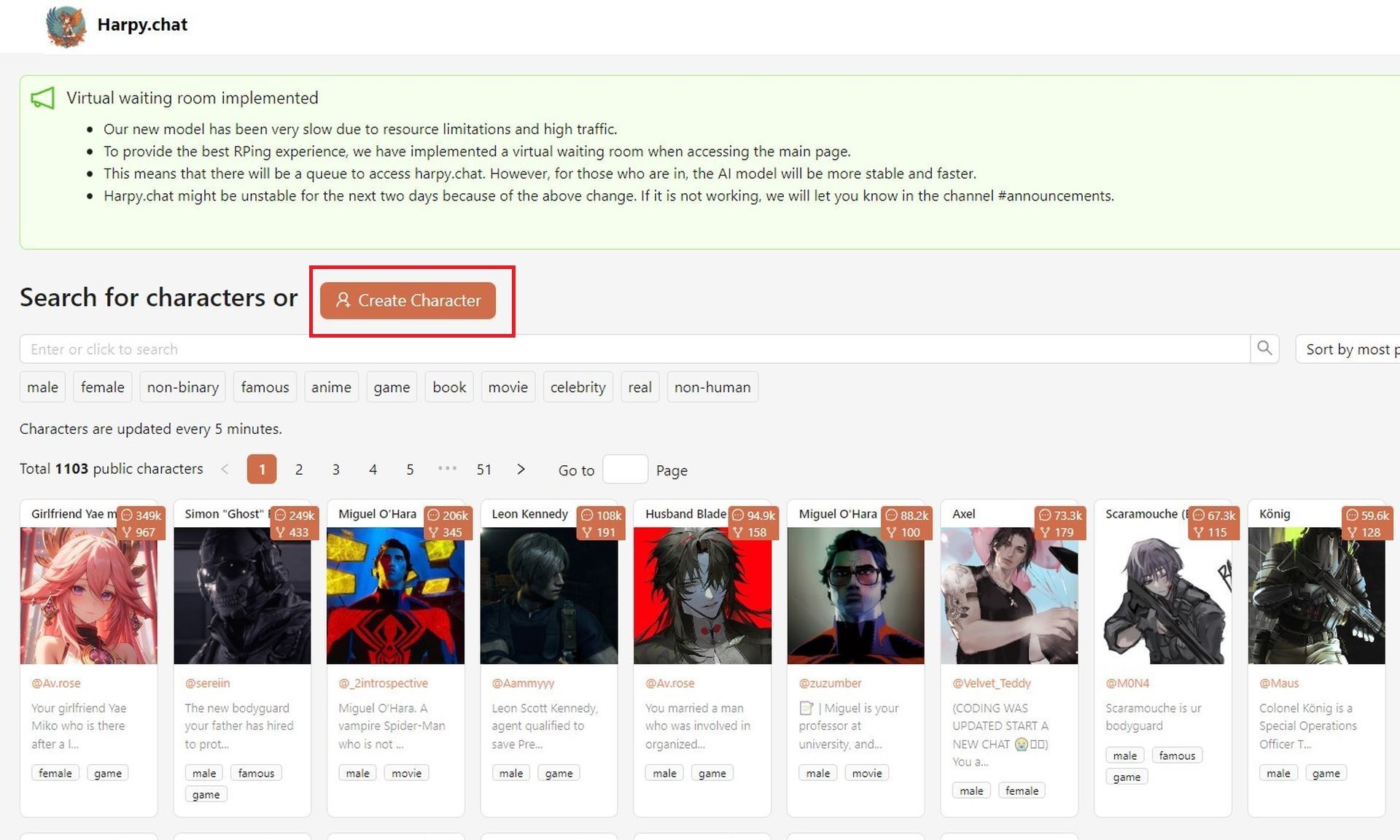
Harpy AI introduces a novel dimension to AI chatbot interactions by offering a wide array of characters for engaging conversations. The platform’s appeal lies in its commitment to diverse user experiences, with options ranging from SFW to NSFW characters.
Pros:
- User-friendly design fostering ease of use.
- Extensive character variety to suit various preferences.
- Inclusion of both SFW and NSFW characters for versatile interactions.
Cons:
- Limited feature set compared to established platforms.
- Reports of occasional server instability leading to downtime.
Eos AI – Cultivating genuine connections through customization

Eos AI has entered the chatbot arena with a distinctive approach, providing users an opportunity to engage in unrestrained conversations with AI avatars. The platform’s unique selling point lies in its encouragement of authentic emotional and NSFW exchanges, veering away from conventional norms. Eos AI permits users to create, personalize, and even animate their own unique characters, fostering a sense of ownership and creativity.
Pros:
- Unrestricted access to diverse content.
- Empowerment to craft customized characters.
- User-friendly interface facilitating seamless interaction.
Cons:
- Relatively new entrant with limited comprehensive features.
- Potential server instability leading to occasional downtime.
Anima AI – A multifaceted AI companion for varied interactions
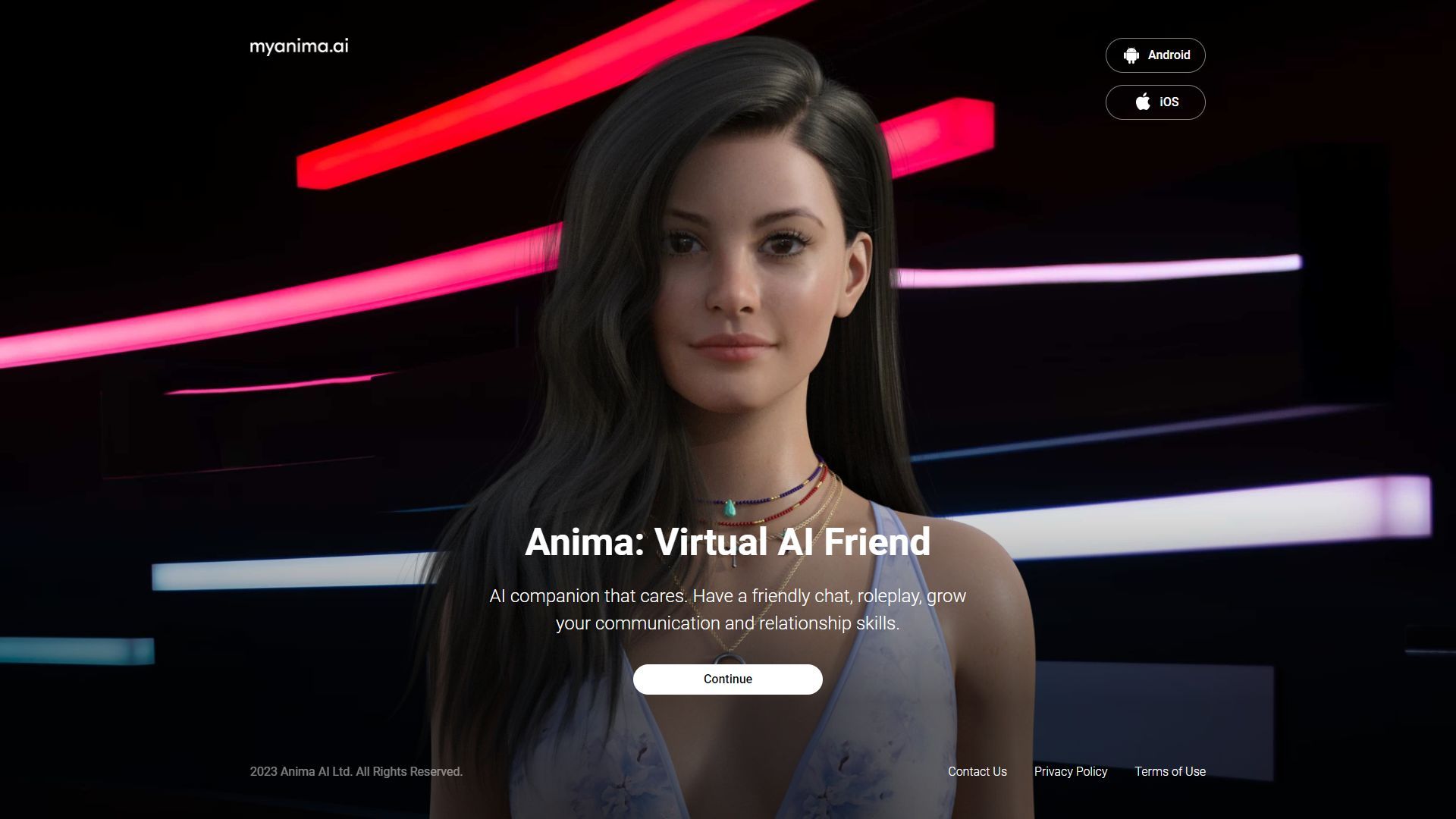
Anima AI serves as a versatile AI-powered companion catering to users seeking companionship, roleplay, and emotional support. With the ability to select from preset relationship statuses or craft personalized character AIs, Anima AI creates a space for users to engage in meaningful interactions.
Pros:
- Personalized roleplay companion for diverse interactions.
- Distinctive appearance and personalities enhancing engagement.
- Gamified chatting experience for added enjoyment.
Cons:
- Struggles with maintaining context during conversations.
- Room for improvement in dialogue quality for more natural interactions.
Kupid AI – Nurturing emotional bonds with a personal touch
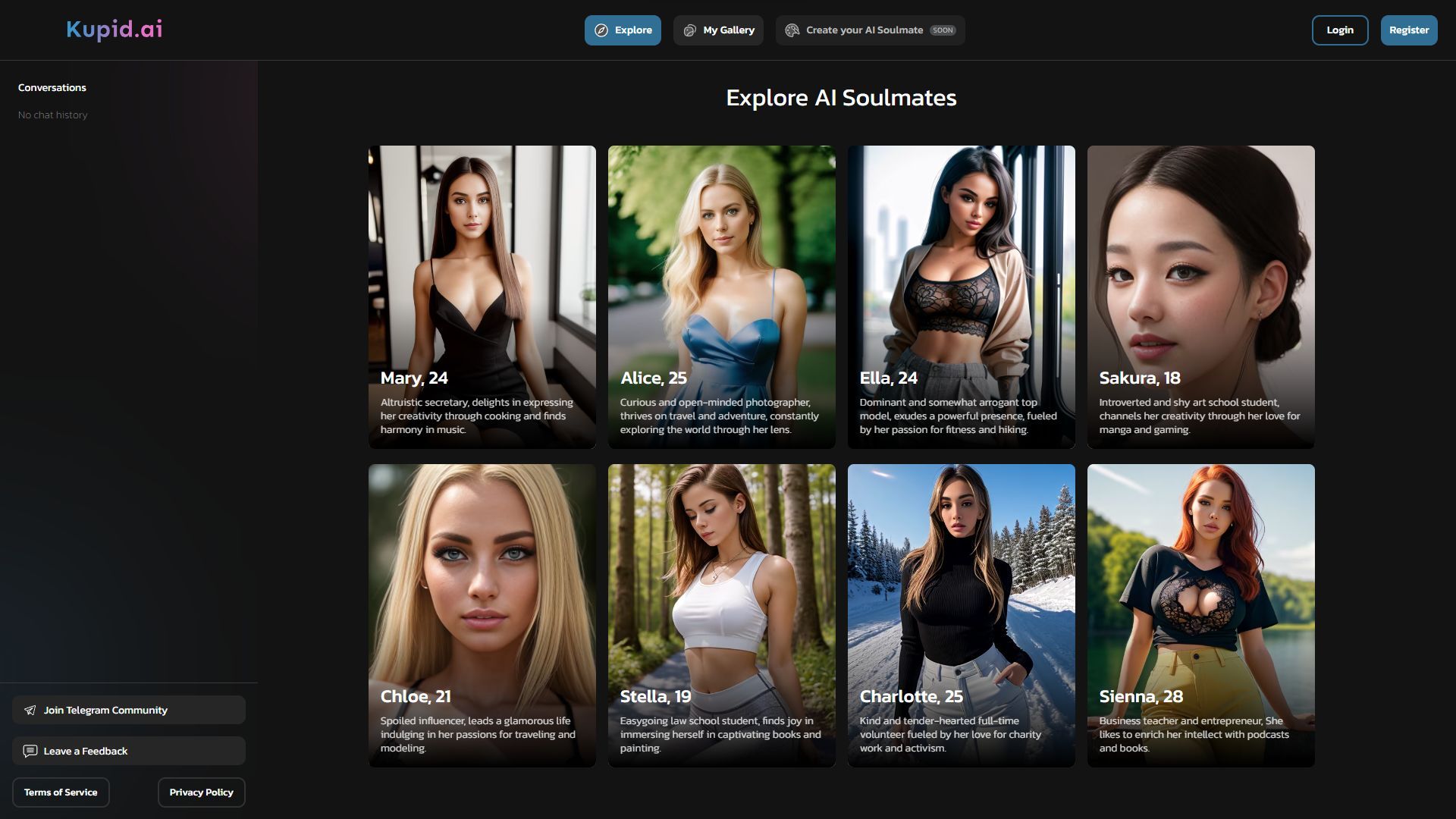
Kupid AI stands apart by emphasizing personalization and emotional engagement, learning and adapting to user preferences over time. The platform’s unique ability to understand and respond to emotions facilitates genuine and meaningful conversations, even if there’s a learning curve.
Pros:
- Evolving personalized experience reflecting user preferences.
- Emotionally sensitive responses for deeper engagement.
- Versatile conversational capabilities catering to diverse topics.
Cons:
- Initial learning curve for achieving optimal responses.
- Occasional limitations in comprehending complex emotional cues.
As technology continues to advance with AI and produce services that can be ambiguous regarding safety and privacy, such as NSFW chatbots, it is imperative to prioritize user safety and well-being. By fostering open conversations, implementing robust safeguards, and educating users about the potential hazards, society can navigate the evolving landscape of AI technology responsibly and ethically. In doing so, we can create a digital environment that empowers users while safeguarding against the darker aspects of technology.
Meanwhile, if you are confident about navigating these risks and benefits, make sure to also check out the best NSFW AI art generators.
Featured image credit: Shutterstock





